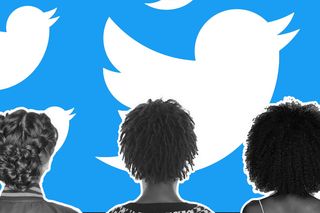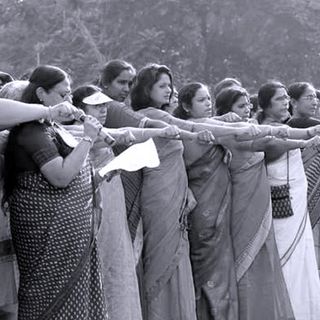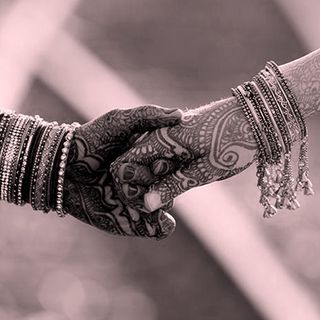
Western Bias Colors Fight Against Online Abuse of Women
Amnesty International is leading development of AI that can ID abusive language — in American English.

Late last year, an Amnesty International report came out detailing just how pervasive abuse of women is. While only focused on eight countries — Denmark, Italy, New Zealand, Poland, Spain, Sweden, the UK and USA — the report found that nearly one in four women surveyed experienced online abuse or harassment.
Hot on the heels of the report, the global human rights watchdog came out with an AI tool, in partnership with Element AI, to identify abusive tweets. “Using cutting-edge data science and machine learning techniques, we were able to provide a quantitative analysis of unprecedented scale of online abuse against women in the UK and USA,” the Troll Patrol report states.
While far from perfect — Amnesty International makes clear the tool is very much a work-in-progress — it’s certainly an advancement. However, it’s also indicative of an approach to global problems that takes a West-first/English-first approach, leaving women who fall outside of this regional and linguistic circle at the continued mercy of online trolls and abusers.
While it’s great the AI tools under development are learning how to identify abusive and problematic language aimed at women in Western, English-speaking countries, that solution does little for the vast majority of women on Twitter who experience abuse, accidentally reinforcing a strange Western-English-supremic paradigm uncovered in the Troll Patrol report: that women “of colour” — broadly categorized as black, Asian, Latinx and mixed-race — “were 34% more likely to be mentioned in abusive or problematic tweets than white women.” The majority of women in at least five of the top 10 countries with the most Twitter users would, by this definition, be most at risk for abuse; and with the exception of India, English is not a dominant language for any of these countries.
All told, seven out of the top 10 countries with the most Twitter users are countries where English is not a major language; an eighth — India itself — is a country where English is by no means the only major language, and the English spoken here (especially in Twitter-style communication) often looks very different from “the Queen’s English,” infused as it is by words from the panoply of Indian languages. Combined, that’s 95.91 million Twitter users expressing themselves either in a language other than English, or in a very different kind of English (versus 63.05 million in the US and UK).
Related on The Swaddle:
Let’s Start Treating Online Harassment As What It Really Is — A Crime
Insulting and abusive language, as with endearing language, is often heavily rooted in linguistic culture — that is, the unique confluence of native languages and cultural mores, prejudices and stereotypes. Indians, Brits and Americans all use very different insults and slurs, in abusive expression, even though they may all be speaking in English.
For instance, we tested the Amnesty International-Elements AI tool (or at least its publicly available demo version) with sample American/British English tweets, substituting a single English slur with a similar, ‘Hinglish’ slur (Hindi transliterated into English):
Sample tweet in American English: Kill yourself cunt. (95% problematic or abusive.)
Sample tweet in ‘Hinglish’: Kill yourself bhosdi. (Only 4% problematic or abusive!)
The assumption, in the development of this and similar tools, is likely that it will be developed first in American/British English, and then rolled out to other languages and cultures. That solution may have worked 20 years ago, when social media was nascent, but it doesn’t work now. Women social media users across the world deserve concerted, simultaneous, culturally-rooted action to stem online abuse on social media, not just English-speaking women in the West. Especially when the fallout from hate speech on social media is so much more severe in certain parts of the world than others. No one is disputing it’s a terrible thing for an American English-speaking woman to be the target of rape threats and abuse; but similar abusive language, while not solely targeted at women, on social media has prompted an actual genocide in Myanmar.
Twitter and Amnesty International — both, ostensibly, global organizations — should be global in their solutions, not just in their offerings. (Actually, Twitter putting forth any solution to online abuse of women — at all — would be a fundamental start.) This work-in-progress tool for identifying abusive and problematic language is, perhaps, much more work-in-progress than either suspect. And that only perpetuates the problem.
Liesl Goecker is The Swaddle's managing editor.
Related


Is the Kerala Women’s Wall a Political Ploy? Sure. But It’s Also Amazing.
